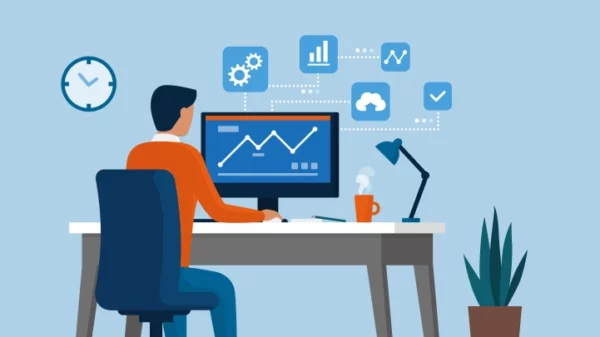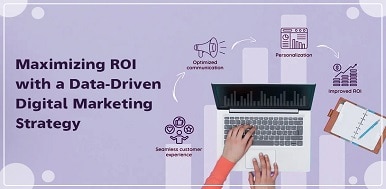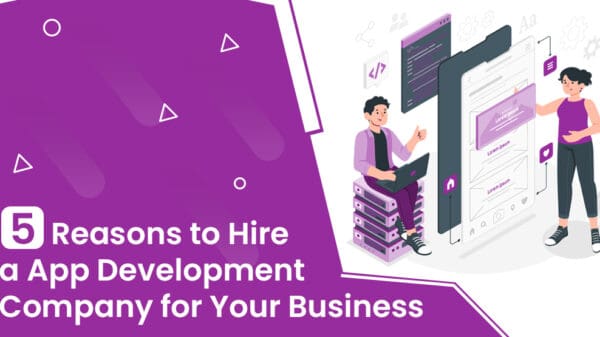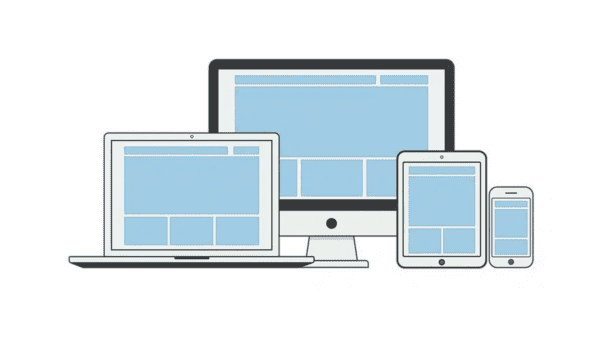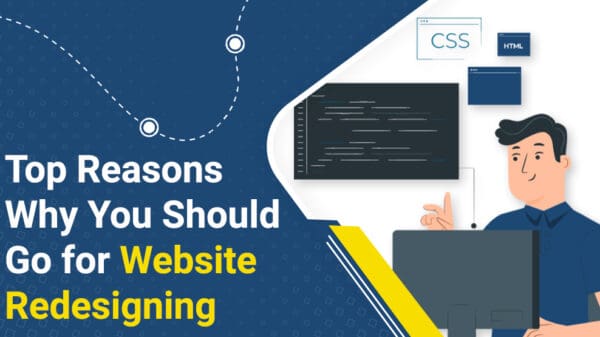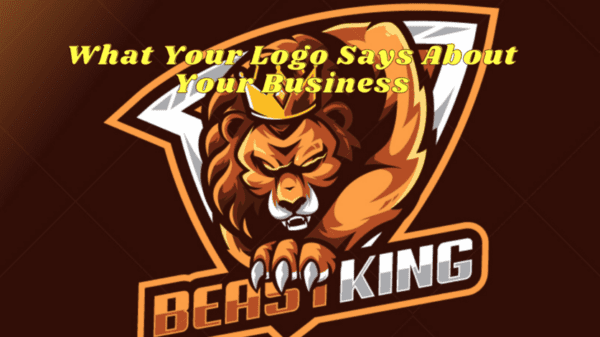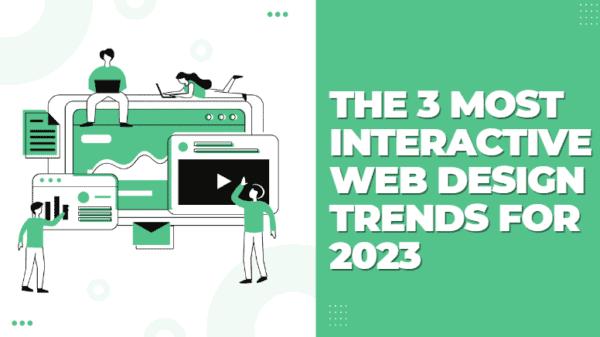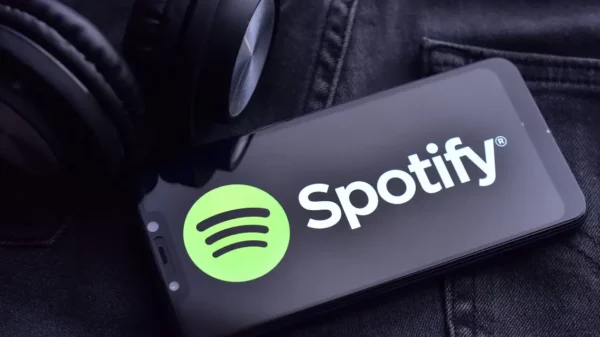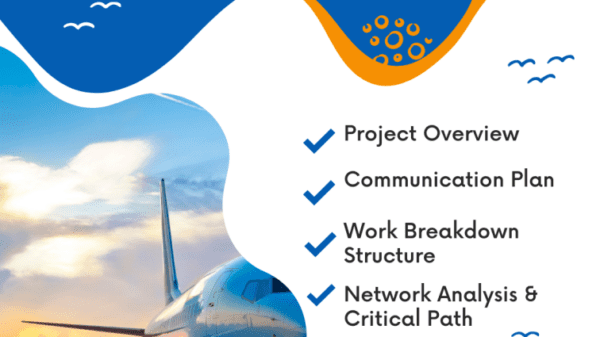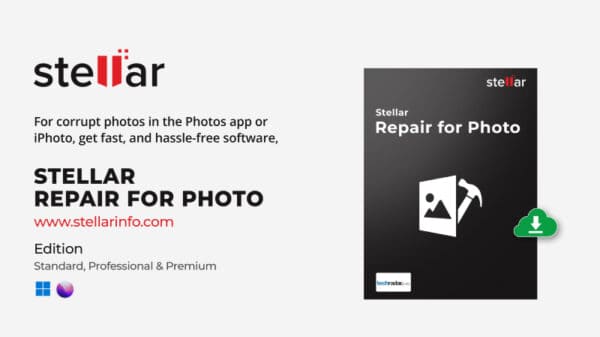Most companies rely on cloud computing to avail IT resources for computing power, storage, and databases over the internet according to their ongoing needs rather than investing and maintaining infrastructure. Cloud computing services are available as Software as a Service (SaaS), Infrastructure as a Service (IaaS), and Platform as a Service (PaaS). However, companies, individuals, and professionals prefer SaaS over IaaS and PaaS for its flexibility, scalability, accessibility, and customization. Statista also confirms that the SaaS market is expected to reach 195 billion U.S. dollars by 2023.
SaaS Explained
SaaS, as the name indicates, provides Software- to companies and individuals on a need basis. Users can simply subscribe to software applications rather than purchasing and installing them. All you need is the Internet, and you can access SaaS applications from any device over the Internet. Examples of SaaS applications we use daily include Netflix, Google Workspace, Slack, and so on. SaaS products are prevalent in both B2B and B2C markets.
Since SaaS is gaining popularity, businesses need to be aware of the current trends in the SaaS industry. You can even partner with a reputed SaaS Development Company and build a customized SaaS product according to your business requirements and customer needs. Most Software product development companies have expertise in building SaaS applications. If not, you can hire in-house software developers and develop SaaS products under your guidance and supervision.
Now, let’s see the 11 most important SaaS trends to watch for, in 2023:
Artificial Intelligence (AI) & Machine Learning (ML)
Artificial Intelligence (AI) is a cutting-edge technology that has the potential to revolutionize the SaaS industry. AI can elevate SaaS applications in many ways — from making informed decisions, deriving tailored marketing strategies, automating mundane tasks, etc. For instance, AI can process large amounts of customer data faster, understand their buying journey, identify sales movements, predict their interests and likes, etc., and help you target customers with personalized marketing messages. Plus, AI is compatible with most software, and you can integrate your SaaS application with other systems for better infrastructure and make it a more valuable product.
Vertical SaaS
Vertical SaaS is all about creating niche-specific software solutions for the targeted audience. Rather than providing generic solutions, Vertical SaaS targets a highly competitive market with tailored solutions. For example, healthcare centers can develop a customized app for their patients, like appointment scheduling, answering queries, prescribing medicines, etc., according to their facility needs. Restaurants can also have such Vertical SaaS apps to address their food business-related needs. Industry and subject matter experts who are into the industry for several years often help build Vertical SaaS products.
Integrations
When an organization uses SaaS applications, it may need data from its internal systems for better collaboration and efficient working. However, no integration was possible in the early stages of SaaS products. But now, SaaS applications seamlessly integrate with on-premise systems, facilitating data transfer while avoiding possible human errors.
Data as a Service (DaaS)
Today, almost all businesses know the importance of data. Every brand makes data-driven business decisions rather than predictions or assumptions. Gathering and storing data in an internal system is time-consuming and not secure. Data as a Service (DaaS) is a data management system that utilizes the cloud to store, process, integrate, and analyze data. Just like SaaS eliminates the need for software installation and maintenance, DaaS also offers secure on-demand data access. The low cost of cloud storage and bandwidth have made DaaS as reliable and beneficial as SaaS.
SaaS Security
Cybercrimes are on the rise as hackers find new ways to breach data. A slight misconfiguration of SaaS applications can lead to potential security threats. Since employees access SaaS applications over the cloud without the security team’s involvement, granting unwanted access by mistake may expose corporate data. Thus, businesses should prioritize security and invest in Cybersecurity for SaaS applications if they want to grow.
Low or No-code SaaS
Low-code applications have been with us for a long time, but now in 2023, it has become a necessity. Modern businesses want quick and easy software solutions. They can’t afford to invest more time and money and want some quick fixes like drag-and-drop features and in-built functionality. Thus, low-code or no-code SaaS applications are in demand as it facilitates businesses to build customized SaaS applications to meet their business requirements and customer needs.
White-Label SaaS
Customized software is the need of every business operating today to provide personalized solutions. In white-label SaaS, the service provider builds unbranded software and offers it to other companies. The business can then brand those applications and resell them in their brand. White labeling encourages companies to get SaaS applications from third parties and rebrand them to match their business without developing and maintaining the software themselves.
MicroSaaS
MicroSaaS is similar to Vertical SaaS, but it micro-focuses on niche-specific requirements. MicroSaaS is often developed by an individual or a small team to enhance the existing functionality of a SaaS product. MicroSaaS also benefits businesses as they can quickly improve their SaaS application without hiring skills or investing large amounts of money.
API Connections
Application Programming Interface (API) enables the communication between software applications, allowing to share information and data. With API connections, SaaS applications can easily retrieve information from another system. SaaS applications are cloud-based, and with proper API connections, they can provide a seamless experience to their customers. For example, e-commerce businesses use several APIs to share customer information, inventory details, etc.
Product-Led Growth (PLD)
Product-led growth is a proven strategy modern businesses use to acquire, convert and retain customers. In other words, product-led growth focuses on giving valuable products with the best features and functionalities rather than selling products. Slack and Dropbox are a few examples of the PLD concept, which acquired customers by allowing them to experience the product for free. Once the customers enjoy the product, they will readily upgrade to paid services.
Migration to PaaS
Since the SaaS market is highly competitive businesses are turning towards PaaS ( Platform as a Service). With SaaS, users can just log in and use the application on the SaaS provider’s infrastructure, whereas, with PaaS, the provider will give the infrastructure and other IT services via the cloud. PaaS also allows you to develop and deploy over the cloud without the complexity of buying and maintaining software.
Conclusion
The SaaS industry is highly booming, and SaaS trends keep changing. As a business owner, staying updated with the SaaS trends and keeping up with them can be overwhelming. Partnering with a trusted SaaS development company and outsourcing your SaaS application development can take the burden off your shoulders and allow you to focus on business growth and expansion.
Laura Devis is a technology writer with a passion for exploring the latest advancements in the field. With years of experience writing for various technology websites and blogs, Laura Devis brings a wealth of knowledge and expertise to their writing. Their writing is characterized by a clear and concise style that makes complex concepts accessible to a broad audience.







